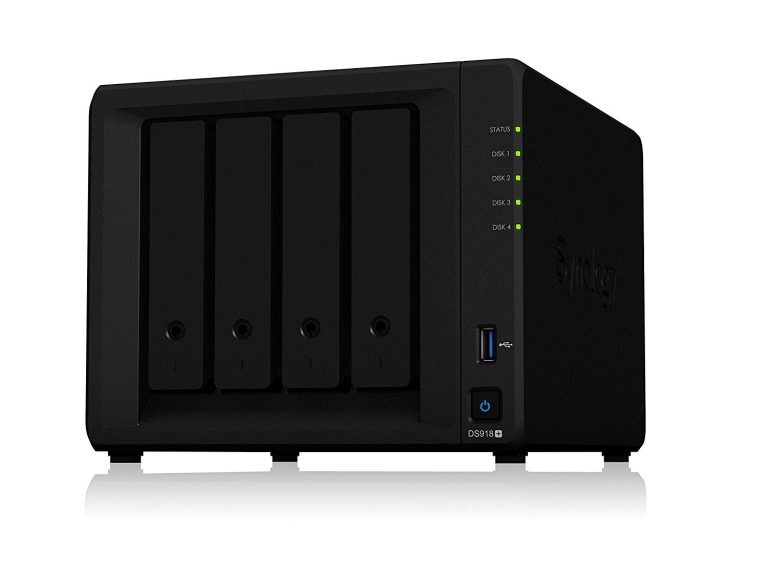
That is a process of converting your audio and/or video file format into a suitable format for your PLEX client device in case the device itself is unable to "read" the media file correctly. One specific task that PLEX can do is called transcoding. What this means is that you will get into trouble if you choose a slow and weak device and expect it to do wonders. The important thing here is that as much as you can use almost any device as a PLEX client, the server-side might give you problems if you don't choose a device that is capable to play that role. It means that you need to have a running PLEX server that will handle the content management, and on top of that you need a PLEX client that will consume that content. Why? Well, PLEX is a client-server platform. Now that we know what PLEX is, it might be a question of where to host it. All platforms that support PLEX clients on their devices

Already 10+ years old, it offers a way to stream and organize your movies, tv shows, music, and private videos (even retro games) and present that content on almost any device known today. Just in case if you haven't, it's a media organization and streaming platform. If you haven't heard of PLEX, shame on you! Kidding. PLEX server aimed at models running DSM 7

Be sure to download it from if you are running DSM7 beta or a later version! UPDATE: 16/3/21 - PLEX has pushed out a DSM 7 specific version of their Synology server install.


 0 kommentar(er)
0 kommentar(er)
